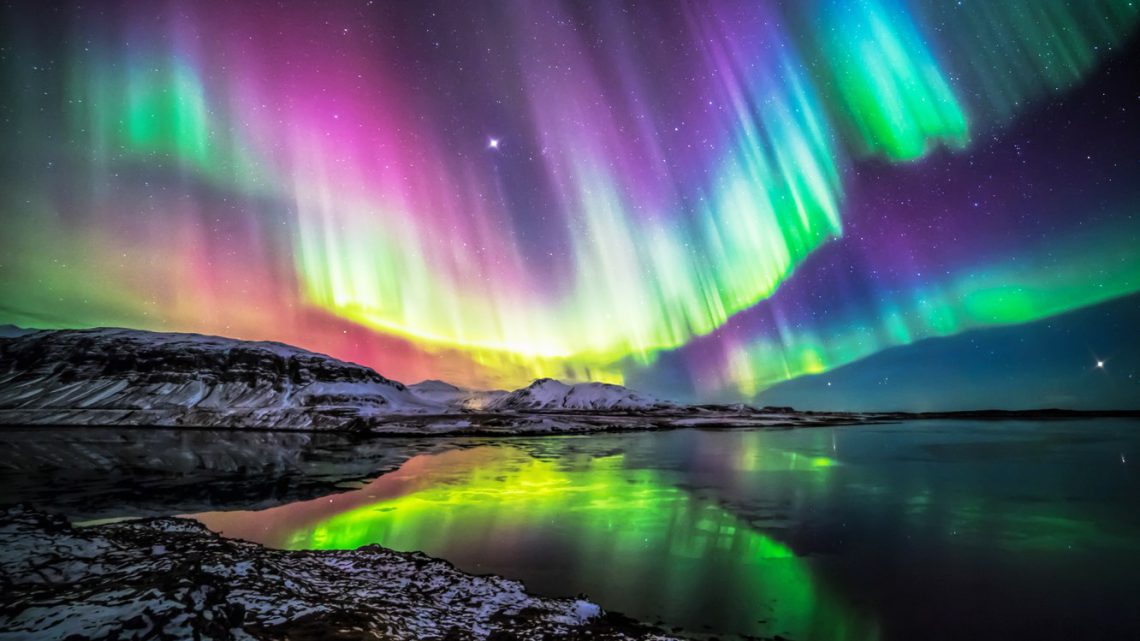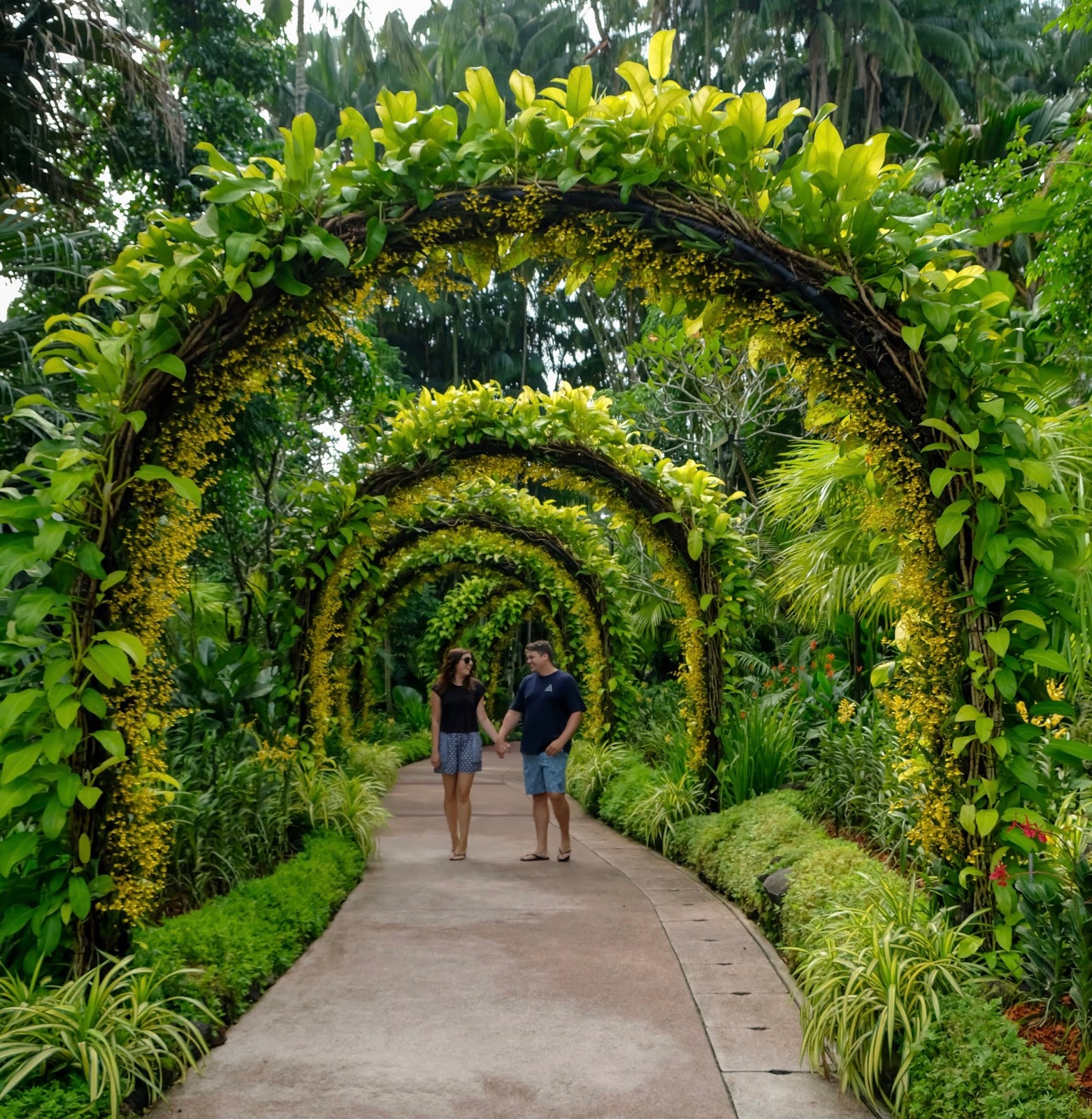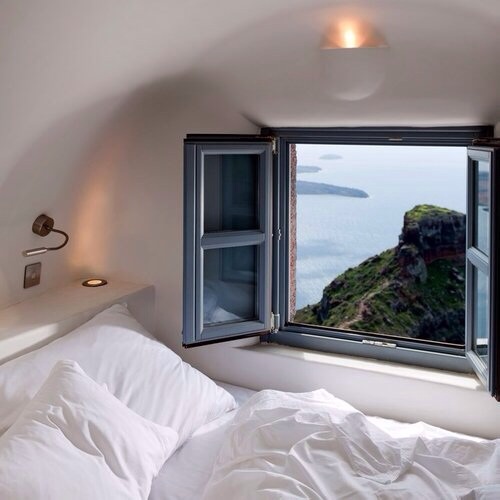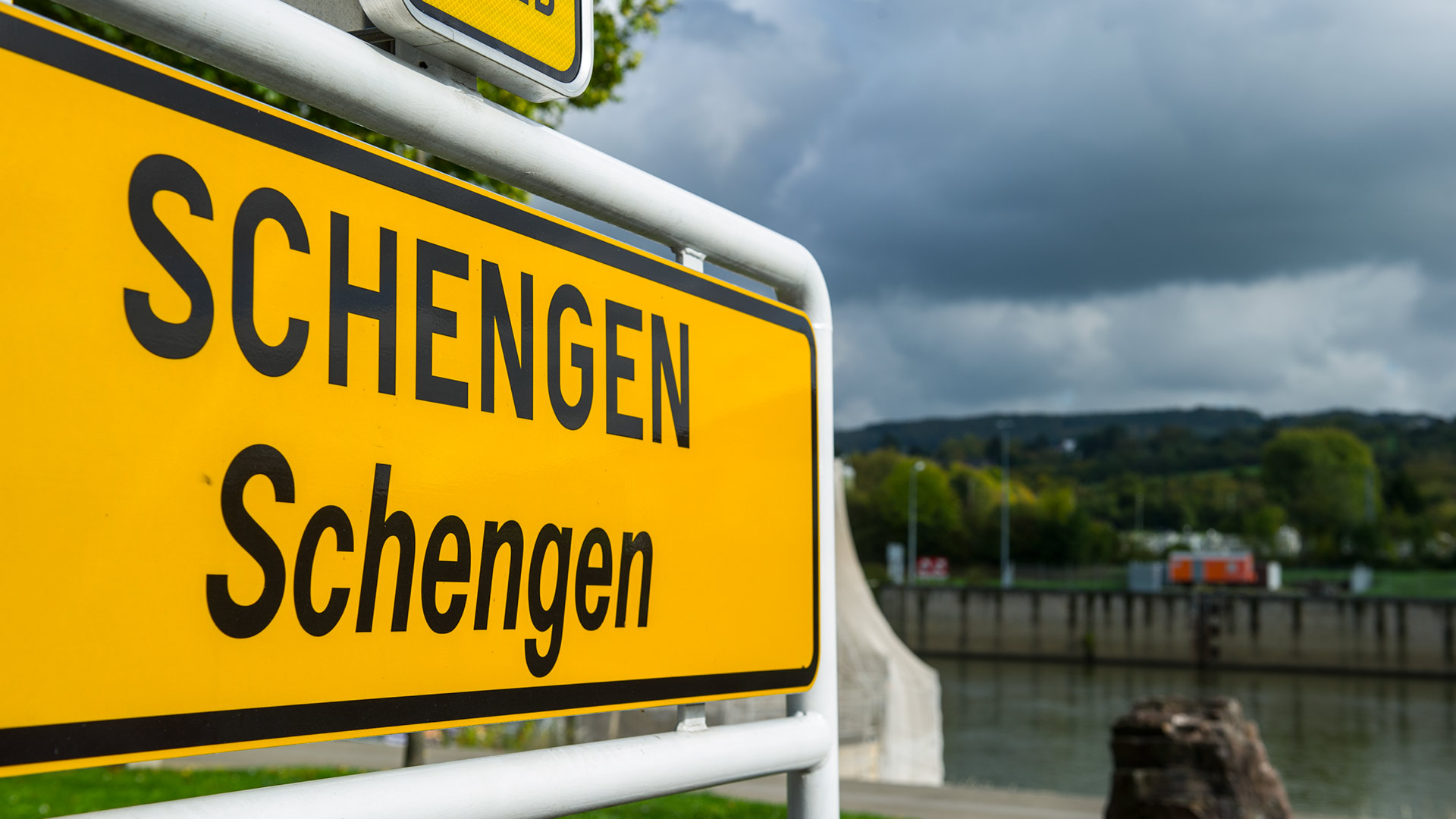
Experience the Magic of the Northern Lights in All Their Glory
In the realm of extraordinary spectacles that ignite a sense of wonder, few are as captivating as the shimmering display that dances across night skies. This natural phenomenon, characterized by vibrant colors and fluid movements, enchants observers, leaving them spellbound. Its ethereal beauty evokes a deep connection with the universe, reminding us of the awe-inspiring elements that nature has to offer.
Each flicker and wave reveals a spectacular interplay of light and shadow, painting the overhead canvas with hues of green, purple, and pink. As spectators gaze upward, they may find themselves immersed in a profound sense of serenity and enchantment. Cultures throughout history have crafted tales inspired by these luminous arcs, attributing them to deities and mythical creatures, further deepening the allure of this stunning meteorological display.
Venturing into regions where this extraordinary phenomenon is visible transforms a simple journey into a soul-stirring adventure. Observing this dazzling sight not only fulfills the need for exploration but also nurtures an appreciation for the enchanting complexities of our planet. Visitors are encouraged to embrace the silence of the night, allowing the beauty above to resonate within their hearts.
Understanding the Science Behind Auroras
Phenomena observed in polar regions are the result of complex interactions between charged particles from solar winds and Earth’s magnetic field. As particles collide with gases in the atmosphere, stunning visual displays emerge, captivating observers with their vibrant colors and dynamic movements. This section delves into the underlying mechanisms that give rise to such breathtaking spectacles.
Solar winds, streams of charged particles emitted by the sun, reach our planet and interact with its magnetic field. When these particles enter the atmosphere, they excite gas molecules, primarily oxygen and nitrogen. This excitation leads to the emission of light in various hues, depending on the type of gas and its altitude. Green shades are most common, yet reds, blues, and purples can also appear, creating a diverse palette across the night sky.
The intensity and patterns of these displays vary based on solar activity, including solar flares and coronal mass ejections. Increased solar activity boosts the number of charged particles interacting with Earth’s magnetic field, resulting in more vivid and frequent visual phenomena. Understanding these scientific principles allows us to appreciate not only the beauty of these visual marvels but also the intricate natural processes that govern them.
Best Locations to View the Lights
Finding ideal spots to witness this captivating phenomenon can enhance your adventure and create lifelong memories. Certain places across the globe are renowned for their breathtaking views, offering visitors a chance to see the skies come alive with vibrant colors. Below are some of the top choices for observing this extraordinary spectacle.
-
Tromsø, Norway
This city is often referred to as the “Gateway to the Arctic” and provides excellent conditions for gazing at the sky. Located above the Arctic Circle, its dark nights and minimal light pollution make it a prime destination.
-
Yellowknife, Canada
This capital of Canada’s Northwest Territories boasts some of the clearest views due to its geographic position. Its cold temperatures contribute to a drier environment, leading to more visible displays.
-
Reykjavik, Iceland
The capital city of Iceland, surrounded by stunning landscapes, offers various locations to enjoy the atmospheric display. Short journeys outside the city will reveal spectacular sights away from urban light interference.
-
Fairbanks, Alaska
Famous for its clear skies, Fairbanks invites travelers with numerous vantage points and tours dedicated to showcasing the night sky in its full glory.
-
Abisko, Sweden
Nestled in a national park, this location is famous for consistent visibility due to its unique microclimate, making it a favorite among enthusiasts.
Regardless of where you choose to go, each location offers a unique perspective on this stunning celestial display. Making plans ahead of time and considering local conditions can significantly enhance your viewing experience.
Travel Tips for Aurora Sightings
Witnessing a stunning celestial phenomenon requires careful planning and consideration. To enhance your chances of soaking in this breathtaking spectacle, it’s essential to be well-prepared and informed about the best practices for optimal viewing.
Choose the Right Location
Selecting a spot away from urban light pollution is critical. Look for destinations known for their clear skies and minimal interference from artificial illumination. Popular areas typically feature dedicated viewing sites, providing a perfect vantage point for observing this captivating display.
Timing is Crucial
Understanding seasonal patterns can significantly impact your odds. Typically, cold, clear winter nights offer the best conditions. Monitor meteorological forecasts and aurora prediction tools to plan your excursions effectively, maximizing your opportunity to witness this awe-inspiring phenomenon.
The Cultural Significance of Auroras
Phenomena that illuminate night skies have captivated human imagination for centuries. Different societies around the globe have interpreted these atmospheric displays in unique ways, weaving them into their cultural narratives and belief systems. From ancient tales to modern interpretations, the vibrant dance of colors often represents more than just a visual spectacle; it embodies deep connections with nature and spirituality.
Myths and Legends
Across various indigenous cultures, stories surrounding these radiant displays have been passed down through generations. For some, these ethereal creations are seen as the spirits of ancestors visiting from beyond. Others interpret them as harbingers of change or omens that signal significant events. Such narratives not only enrich cultural heritage but also serve as a medium through which people understand their place in the universe.
Artistic Expressions
The beauty and enigma surrounding these celestial occurrences have inspired countless artists, musicians, and writers. Creative expressions often draw on themes of wonder, contemplation, and the interconnectedness of life. Works of art capturing these atmospheric wonders can evoke feelings of nostalgia and curiosity, prompting audiences to reflect on their own experiences with nature’s phenomena. In this way, auroras transcend mere visual experiences and become profound symbols of human creativity.
Photography Techniques for Capturing Auroras
When venturing into the realm of aurora photography, understanding various methods can enhance your ability to immortalize this breathtaking phenomenon. Each technique has its own merits and can significantly impact the quality of the captured images. A blend of preparation, equipment, and creativity will help you achieve stunning results.
Optimal Camera Settings
To begin, it is essential to adjust your camera settings appropriately. Use manual mode to gain full control over exposure settings. A good starting point is an aperture of f/2.8 or wider, which allows ample light to enter the lens. Set the ISO between 800 and 3200, depending on the surrounding brightness, while ensuring minimal noise. For shutter speed, a range of 5 to 30 seconds can effectively capture movement and vibrancy without overexposing the image.
Utilizing Tripods and Remote Shutters
Stability is crucial when photographing in low-light conditions. Employ a tripod to ensure your camera remains steady during long exposure times. Additionally, consider using a remote shutter release or a timer to eliminate any vibrations caused by directly pressing the shutter button. These tools will help maintain sharpness and clarity in your images, allowing the vibrant colors of the auroras to shine through.
Combining these techniques will undoubtedly elevate your photography game, allowing you to capture the enchanting dance of colors in the sky with precision and beauty.
Experiencing Activities Under the Northern Skies
Engaging in various pursuits beneath the celestial canopy can create unforgettable memories. These activities provide an opportunity to connect with nature while basking in the luminous displays above. Visitors can indulge in an array of adventures tailored to enhance their time in this enchanting environment.
Adventurous Pursuits
-
Trekking through pristine landscapes offers a chance to witness the breathtaking beauty that surrounds you.
-
Snowmobiling allows for an exhilarating ride across vast, white expanses, combining speed with stunning views.
-
Dog sledding immerses participants in a traditional mode of travel, promoting a unique bond with well-trained canine companions.
Calming Experiences
-
Ice fishing provides a meditative escape while waiting for a catch as light dances overhead.
-
Photography workshops cater to enthusiasts eager to capture the ephemeral beauty above, bolstered by expert guidance.
-
Stargazing sessions enhance appreciation for the cosmos, allowing for a deeper understanding of constellations and celestial bodies.
Q&A: Northern lights
What are the Northern Lights and what causes them?
The Northern Lights, also known as the Aurora Borealis, are a natural light display predominantly seen in high-latitude regions around the Arctic and Antarctic. They are caused by the interaction between charged particles from the sun and the Earth’s magnetic field. When these solar particles collide with gases like oxygen and nitrogen in the Earth’s atmosphere, they produce stunning colors of green, pink, red, yellow, blue, and violet. This mesmerizing phenomenon typically occurs during the winter months in locations close to the magnetic poles.
When is the best time to see the Northern Lights?
The best time to witness the Northern Lights is during the winter months, particularly from late September to early April. This period offers longer nights and clearer skies conducive to viewing the auroras. The optimal time to catch a glimpse is usually between 10 PM and 2 AM, though they can occasionally be observed earlier in the evening. It’s also advisable to monitor solar activity forecasts, as higher solar wind activity increases the likelihood of dazzling displays.
Where are the best locations to observe the Northern Lights?
Some of the best places to view the Northern Lights include Norway, Sweden, Finland, Iceland, Canada, and Alaska. In Norway, regions like Tromsø and the Lofoten Islands are particularly popular for aurora spotting. In Finland, the area around Lapland, especially Rovaniemi, offers unique opportunities. Iceland’s city of Reykjavik and the surrounding countryside are also excellent choices. For those in Canada, Yellowknife in the Northwest Territories is renowned for its clear skies and vibrant auroras. Each of these locations provides breathtaking natural settings, enhancing the overall experience.
What should I prepare for when planning a Northern Lights trip?
When planning a trip to see the Northern Lights, several factors should be considered. First, ensure you dress warmly and in layers, as you’ll likely be outside in freezing temperatures for extended periods. Thermals, insulated coats, gloves, hats, and sturdy boots are essential. Second, consider investing in a good camera with the ability to take long-exposure shots, since the auroras can be difficult to capture. Additionally, check local aurora forecasts and plan your trips to remote areas away from light pollution to maximize your chances of witnessing the lights. Don’t forget to look for tour guides or facilities that cater to aurora chasers, as they often have the best tips and spots for viewing.
Can I experience the Northern Lights without specialized tours or equipment?
Absolutely! While specialized tours can enhance your experience and increase your chances of seeing the Northern Lights, it’s not a necessity. Many travelers successfully catch a glimpse by reaching popular viewing locations on their own, provided they stay updated on forecasts and choose optimal times. Basic equipment like a camera with manual settings can be helpful, but even a smartphone can capture memorable moments. Just make sure to follow weather forecasts and seek out dark areas away from city lights for an ideal view. Prepare adequately and be patient, as nature’s wonders can sometimes require a bit of persistence!
What are the Northern Lights and what causes them?
The Northern Lights, also known as the Aurora Borealis, are a natural light display predominantly seen in high-latitude regions around the Arctic and Antarctic. They are caused by the interaction between charged particles from the sun and the Earth’s magnetic field. When these solar particles collide with gases in the Earth’s atmosphere, such as oxygen and nitrogen, they excite these atoms, producing beautiful and vibrant colors—most commonly greens, but also reds, purples, and blues. This phenomenon is not only stunning to behold but also provides insights into space weather and the Earth’s atmospheric conditions.
What is the best time of year to see the aurora borealis in the Northern Hemisphere?
The best time of year to see the aurora borealis in the Northern Hemisphere is during the winter months, typically from late September to early April. During this period, the nights are longer, offering dark skies that are ideal for aurora viewing. Additionally, the chances of witnessing auroral displays increase during periods of high auroral activity, especially around the solar maximum when geomagnetic storms are more frequent.
Where is one of the best places to see the northern lights and experience clear skies?
One of the best places to see the northern lights and experience clear skies is in the Arctic regions, such as northern Norway, Sweden, Finland, and parts of Canada and Alaska. These locations are situated under the auroral oval, where auroral activity is most intense. For the best viewing experience, it is recommended to find a location away from the city, where dark skies allow the lights to be seen more clearly.
How does the solar cycle and geomagnetic storms affect auroral displays?
The solar cycle, which lasts about 11 years, significantly affects auroral displays. During the solar maximum, the sun has an increased number of sunspots, leading to more frequent geomagnetic storms. These storms enhance auroral activity, causing more vivid and widespread auroral displays across the sky. The Space Weather Prediction Center monitors solar activity and provides forecasts for aurora viewing based on geomagnetic conditions.
What role does the KP index play in predicting aurora viewing opportunities?
The KP index measures geomagnetic activity on a scale from 0 to 9, with higher values indicating stronger geomagnetic storms. A KP index of 5 or higher usually signals good chances to see the aurora borealis, especially in regions closer to the poles. Monitoring the KP index, along with updates from the Space Weather Prediction Center, helps northern lights enthusiasts plan the best times and places to see aurora displays.
Why is photographing the northern lights often best between 10 p.m. and 2 a.m.?
Photographing the northern lights is often best between 10 p.m. and 2 a.m. because this time frame generally offers the darkest skies and the peak of auroral activity. During these hours, the lights can be seen dancing across the sky with greater intensity, providing ideal conditions for capturing the stunning light show. Clear nights with minimal moonlight and away from light pollution are crucial for the best northern lights viewing and photography experience.








